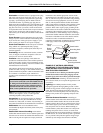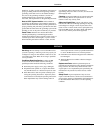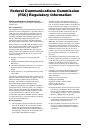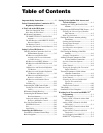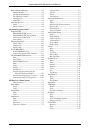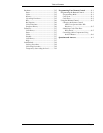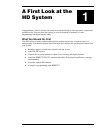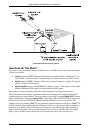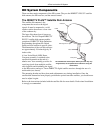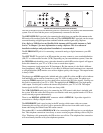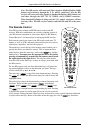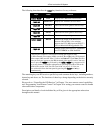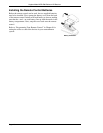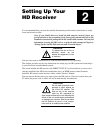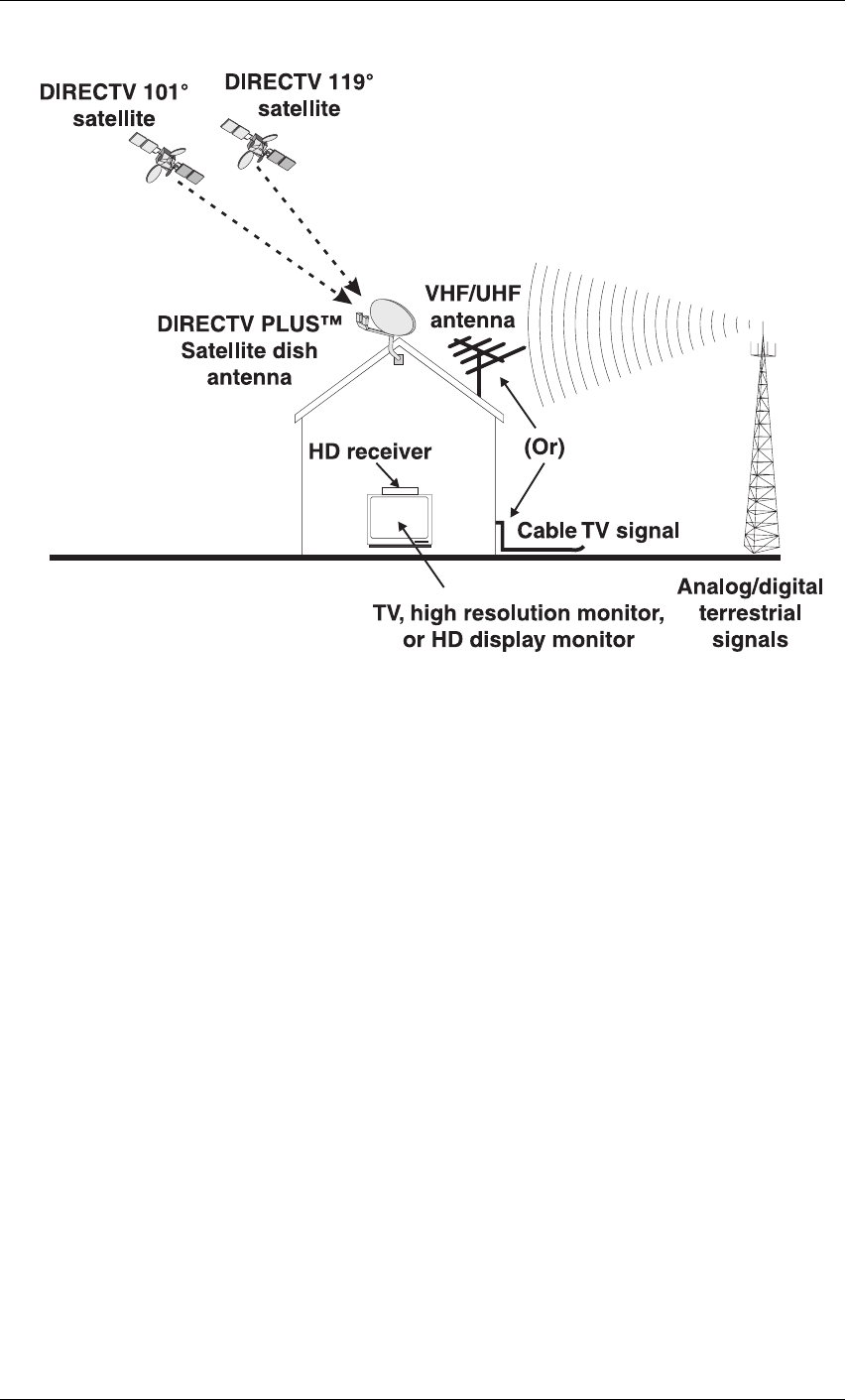
Hughes Model HIRD-E86 Platinum HD Receiver
Page 1-2
How Does All This Work?
First, here is some information about your HD receiver. Your HD receiver can receive three types
of television signals:
● Analog signals in NTSC (National Television Systems Committee—traditional TV sig-
nals) format—from terrestrial, or broadcasting towers built on earth, and cable sources.
● Digital signals in ATSC (Advanced Television Systems Committee—digital TV signals)
format—from terrestrial sources.
● Digital Satellite signals—from DIRECTV satellites in space. These signals can be either
Standard Definition (SD) signals or High Definition (HD) signals.
Second, here is some information about the broadcasting and receiving network shown.
Television stations, film studios, and other broadcasters send signals to earthbound terrestrial
broadcasting towers and satellites. The tower shown on the right is sending Digital ATSC format
signals and the more traditional Analog NTSC format signals. Both ATSC and NTSC signals can
be received by the same VHF/UHF antenna normally mounted on a roof or in an attic. The
satellites shown are sending DIRECTV programming signals which are received by a DIRECTV
PLUS™ Satellite Dish Antenna usually mounted on a roof or on the ground. These satellites are
located in geostationary orbit. Cable television signals are received through cables installed by
cable television providers. The terrestrial broadcast (from a tower), satellite, and cable signals
then go into your HD receiver where they are processed and sent to your television set.
The Broadcasting and Receiving network



